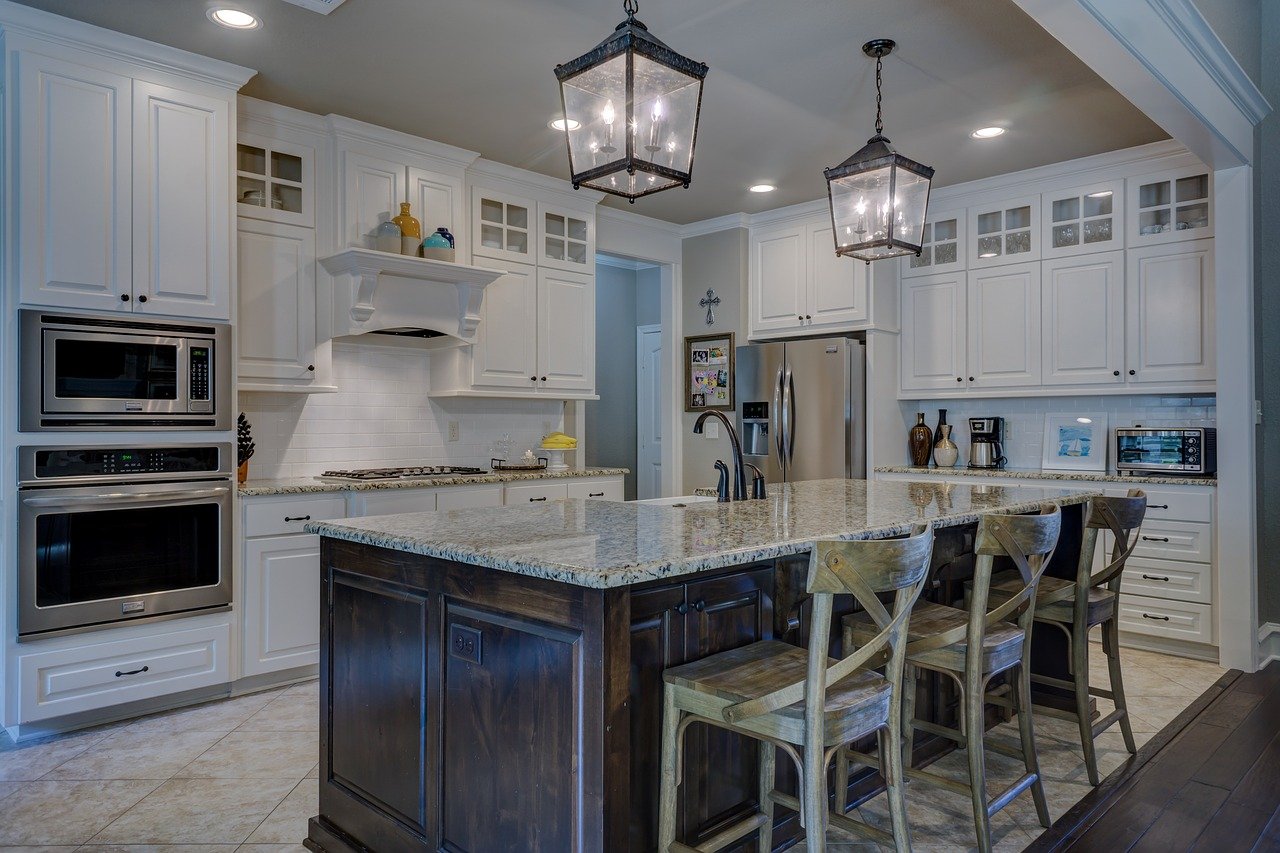A company’s lighting system is an essential aspect of that system. Explosion-proof lighting is crucial for any firm that works in classified or hazardous settings. If you don’t take the necessary measures, these hostile and dangerous settings may include explosive gasses and vapors that enhance the risk of explosions. Hazard location lighting, or explosion-proof lights, are meant to be used in regions where explosive and flammable gasses like hydrogen, methane, propane and other hydrocarbons are present. For the sake of both employees’ and companies’ safety, this kind of illumination is a must in any site where workers or businesses may be exposed to hazardous conditions.
Explosion-proof lighting defined
The term “explosion-proof” does not imply that the light fixture will be completely unharmed in the event of an explosion or fire. If the light in restricted quarters includes sparks, it might create a fire or an explosion.
The lighting fixture is encased in a sturdy metal frame with exceptionally durable lenses. An additional benefit of the casing is that it acts as a barrier between the light fixture and any potential ignition sources that may be present in the area. Lighting fixtures with thicker lenses and frames with complicated obstructions are more durable and robust.
Explosions and ignitions are highly unlikely, thanks to the sturdy construction of explosion-proof lighting fixtures. Employees working in potentially dangerous environments benefit significantly from the illumination. An explosion-proof work light comes in handy in these places.
Why use explosion-proof lighting?
By avoiding the ignition of surrounding combustible gasses and vapors, explosion-safe lighting considerably minimizes the chance of an explosion. This requirement is also mandated by the National Electric Code (NEC) issued by the National Fire Protection Association (NFPA).
The chance of explosions and ignitions is meager due to the robust construction of explosion-proof lighting fixtures. As a result, people who operate in potentially dangerous environments will have an increased level of protection.
- Explosion-proof design
The bulb, contacts, cabling, and switches of standard light fixtures are often exposed to the environment. Consequently, even the heat from a light bulb may ignite an explosive atmosphere, as can a loose contact or the movement of the switch. On the other hand, explosion-proof lights encapsulate all components to prevent sparks or flames from escaping.
- Extreme longevity
For explosion-proof lighting fixtures to survive harsh working conditions, they are frequently constructed from heavier and more durable materials, such as cast aluminum. Experimenters working in tight areas will appreciate that explosion-resistant lights are less likely to be damaged than standard lighting installations. Because of this, explosion-proof lighting fixtures assist in lowering your business’s maintenance and refurbishment expenditures.
- Better mobility
Explosion-proof lights are vibration-resistant because of their thicker tempered glass lenses and more robust frames. Forklifts and other equipment may move the explosion-proof lights from one location to another without fear of them being destroyed, allowing for more mobility. On the other hand, standard lighting fixtures are immobile and may get damaged and malfunction due to even the slightest bumps or movements. Businesses that need transportable illumination for their operations can choose explosion-proof lighting fixtures since they are more portable than ordinary lights.
- Enhanced efficiency
LED lights, designed to withstand an explosion, use less energy than conventional lighting fixtures. Compared to a typical lighting fixture, an ex-proof LED light uses around 90% less energy. It implies that LED lights that are explosion resistant may operate at their original brightness level and survive for up to 100,000 hours at a time. As a result, the lifetime of explosion-proof LED lights is greater than that of traditional lighting. Because of this, if you install LED lights that are explosion resistant, you will save money on both manufacturing and operating expenses.
- Reduced heat emissions
LED lights designed to withstand an explosion also produce less heat because of their heat-saving capabilities. The fewer sparks produced, the lower the risk of igniting combustible gasses and vapors in potentially dangerous places.
- Environmentally friendly explosion-proof led lighting
LED lights that are explosion resistant not only save energy but also don’t contain hazardous materials like mercury or lead, which are bad for the environment. As a result, companies may be more environmentally friendly by adopting LED lights instead of conventional lighting fixtures.
By preventing combustible gasses and vapors from igniting, explosion-proof lighting dramatically minimizes the chance of an explosion. National Electric Code (NEC), established by the National Fire Protection Association (NFPA), stipulates that all lighting equipment in hazardous situations must be explosion resistant.






